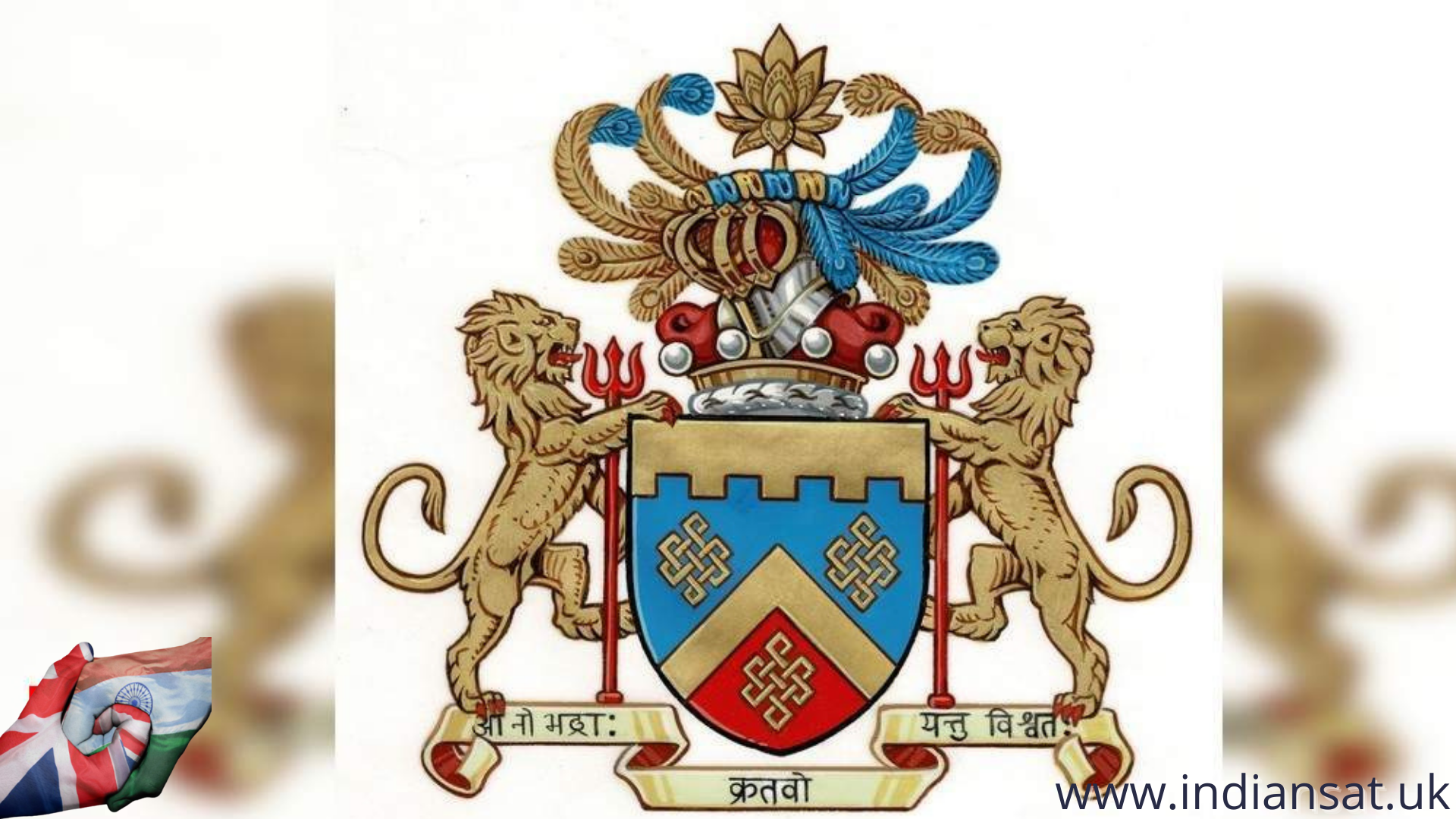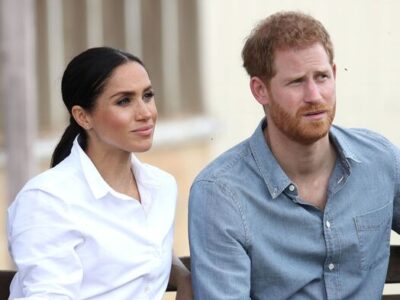A British peer of Indian origin, who famously took up his seat in the House of Lords by swearing his oath of allegiance on the Rig Veda, has broken new ground through the design of a personal coat of arms containing Indian symbols and Sanskrit text.
Lord Jitesh Gadhia, who became the youngest Indian parliamentarian in the House of Lords in 2016, has been working with the outgoing head of the Royal College of Arms, Sir Thomas Woodcock, for several years to design an emblem using the traditional art of British heraldry which incorporates influences from his Indian heritage and family history.
The coat of arms created for Baron Gadhia of Northwood, his formal title, will be officially signed and sealed this week by Woodcock in one of his final acts before retirement on 30 June. The patent has been hand painted by a herald, with the text written by a scrivener.
The European custom of using coats of arms dates back to the 12th century when they were worn over armour in battle and in tournaments, so that opponents could identify each other.
Each coat of arms is unique, carefully researched for its style and iconography and must be distinct from all previous arms on record at the College of Arms.
The Gadhia coat of arms features two Asiatic Lions on either side, known as ‘supporters’, which are inspired by the habitants of the Gir National Park in Gadhia’s native state of Gujarat, the last remaining habitat for this endangered species. Each lion is holding a triple-headed spear or ‘trishul’, a divine symbol connected with various trinities of Hindu spiritual thought. It also invokes Britannia, the national personification of Britain, as a helmeted female warrior holding a shield and trident.
The shield in the centre of the design is headed by an indented fortress pattern, derived from the prefix of Gadhia’s family name “Gadh”, meaning fort.
The shield features three eternal knots (known as Srivatsa) referencing India, Uganda and UK, the countries of Gadhia’s origin, birth and adoption respectively. Srivatsa is an auspicious ancient symbol in Hinduism, Jainism and Buddhism – first found on clay tablets from the Indus Valley Civilisation, dating around 2500 BC.
Above the shield, by tradition, sits the coronet of a Baron made out of red velvet, ermine and silver, together with a helmet. At the apex is the crest – in Gadhia’s case a lotus flower – surrounded by a mantle of peacock feathers, representing the national flower and bird of India. Gadhia’s chosen motto, emblazoned at the foot, is a Sanskrit phrase from the Rig Veda scribed in the Devanagari text: “Aano bhadra krtavo yantu vishwatah” (Let noble thoughts come to me from all directions).
![]()






